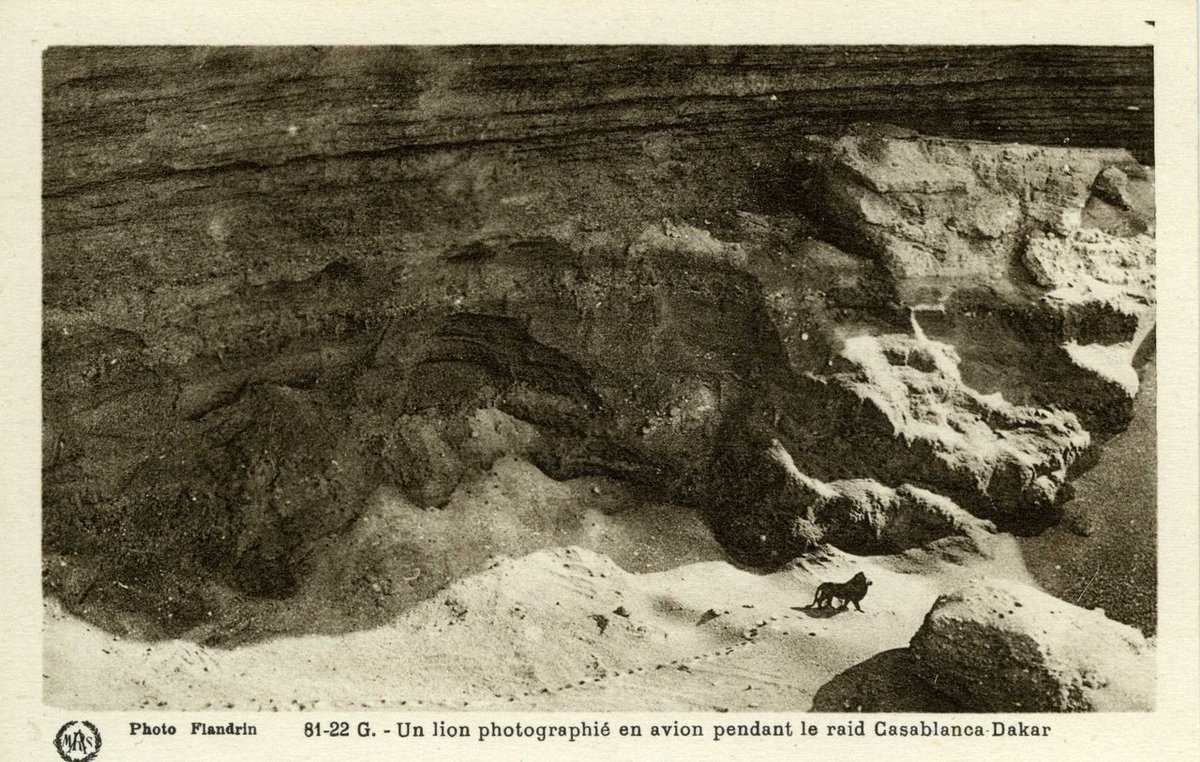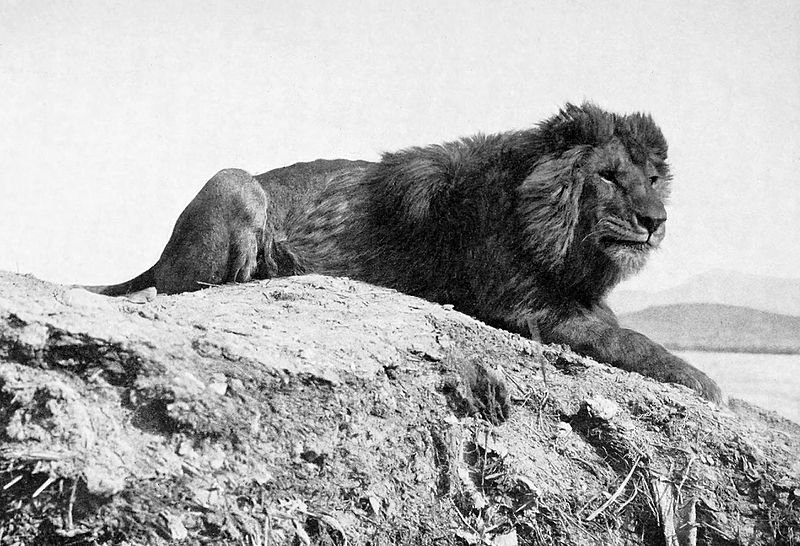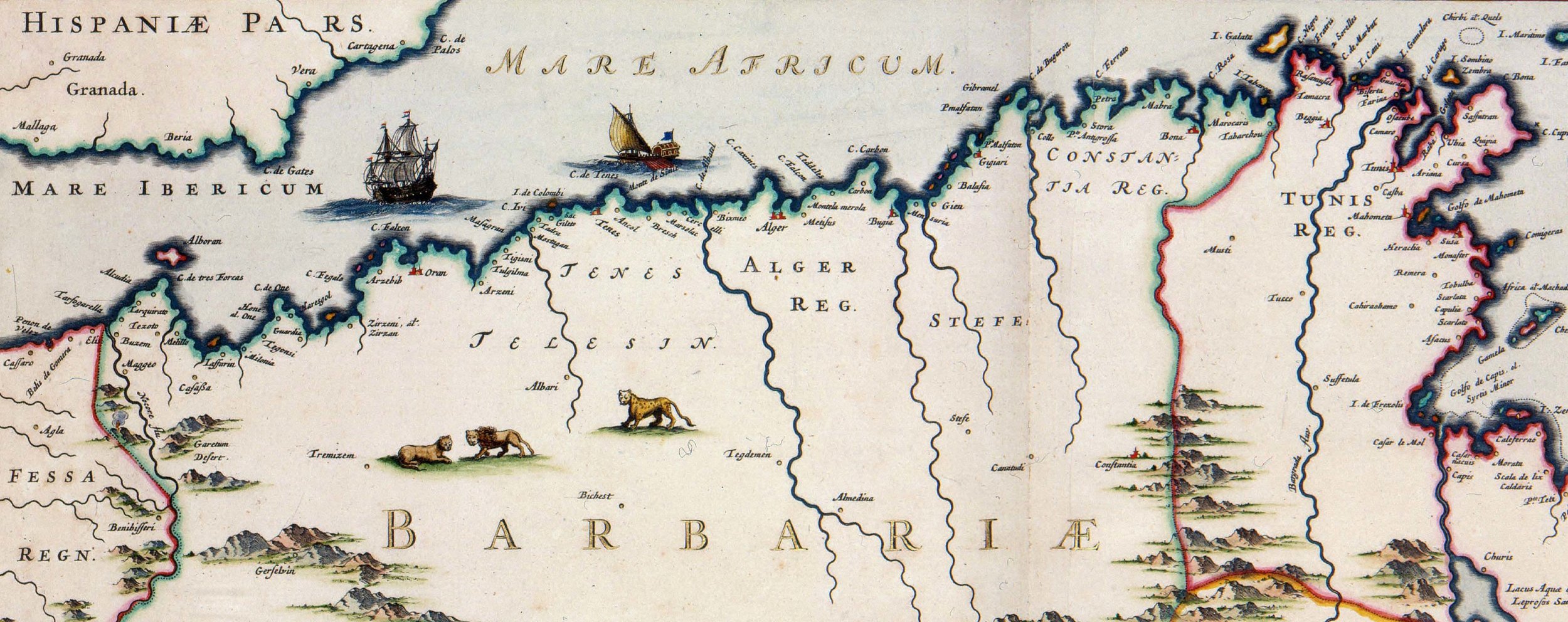The Atlas Lion: a roaring chapter in North African history
Once a majestic ruler of the North African landscape, the Atlas lion (also known as the Barbary lion) now exists only in echoes and remnants. This blog post delves into the historical and cultural significance of this magnificent predator, its tragic demise, and the ongoing efforts to preserve its legacy.
A King Among Beasts
For millennia, the Atlas lion reigned supreme across the mountains and deserts of Morocco, Algeria, Tunisia, and even Egypt. Its thick, dark mane, often reaching its belly, contrasted dramatically with its tawny coat, earning it a reputation for regal bearing. Unlike their savannah counterparts, Atlas lions preferred rocky terrain and dense forests, stalking prey like Barbary sheep, gazelles, and wild boars.
Cultural Tapestry
The Atlas lion wasn't just a fearsome predator; it deeply entwined itself into the cultural fabric of the region. The ancient Egyptians revered it as a symbol of strength and royalty, depicting it in hieroglyphs and art. Berber folklore featured the lion as a cunning trickster figure and a protector of communities. European travelers during the colonial era marveled at its ferocity, immortalizing it in tales and trophies.
A Shadowed Fall
Sadly, the 20th century witnessed the Atlas lion's tragic decline. Habitat loss, hunting for sport and bounties, and conflict with humans pushed it to the brink of extinction. The last confirmed wild Atlas lion was sighted in the 1960s.
Echoes of the Past
Today, a glimmer of hope remains. Captive breeding programs strive to preserve the Atlas lion's unique genetic heritage. Reintroduction efforts are underway, although challenges remain. Yet, the mere presence of these magnificent creatures in zoos and research facilities carries a powerful message: the Atlas lion's roar may be faint, but it refuses to be silenced.
Remembering the Atlas Lion
Conservation efforts require an understanding of the past. By studying the historical and cultural significance of the Atlas lion, we gain a deeper appreciation for its loss and a stronger commitment to its potential future. Through research, education, and community engagement, we can ensure that the echoes of the Atlas lion's roar reverberate for generations to come.






